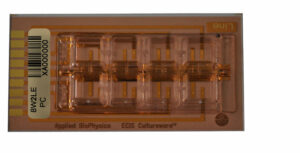A fusion reagent for rapid transfection of mRNA into the cytoplasm of living cells
- NEW: no sonication step required
- Immediate mRNA translation—protein synthesis detectable after 15–30 minutes
- Highly efficient and biocompatible, especially in primary cells (e.g., neurons or HUVECs) and stem cells
Applications
- mRNA translation and degradation studies
- Protein biochemistry studies: synthesis, folding, processing, stability, localization, degradation
- mRNA transfer into primary cells without generating genetically modified organisms (GMO)
- Genome engineering by RNA-only CRISPR/Cas technology
Technical Features
- Lipofection-independent transfer of mRNA into living cells
- mRNA transfer completed within 5–20 minutes
- No endocytosis involved
- No lysosomal degradation needed
- No gene transfer to the nucleus
- Protocol optimized for the transfer of functionally capped and polyadenylated mRNA
- No Biosafety Laboratory Level 1 or 2 necessary
- Excellent biocompatibility with low cytotoxicity
Specifications
| Form | Solution |
| Concentration | 6 mM |
| Storage | –20 °C |
| ExMax/EmMax | 750/780 nm (infrared) |





